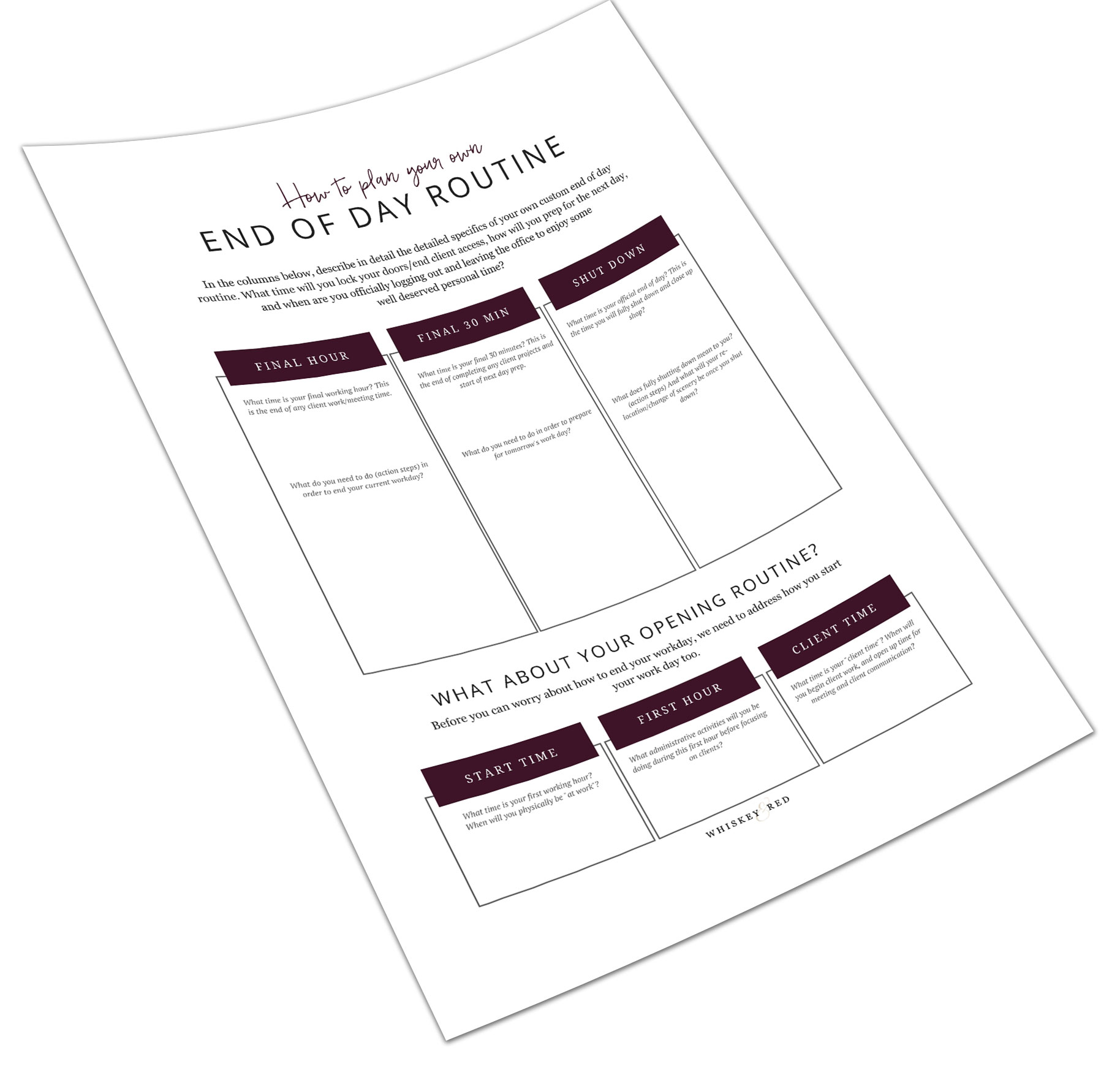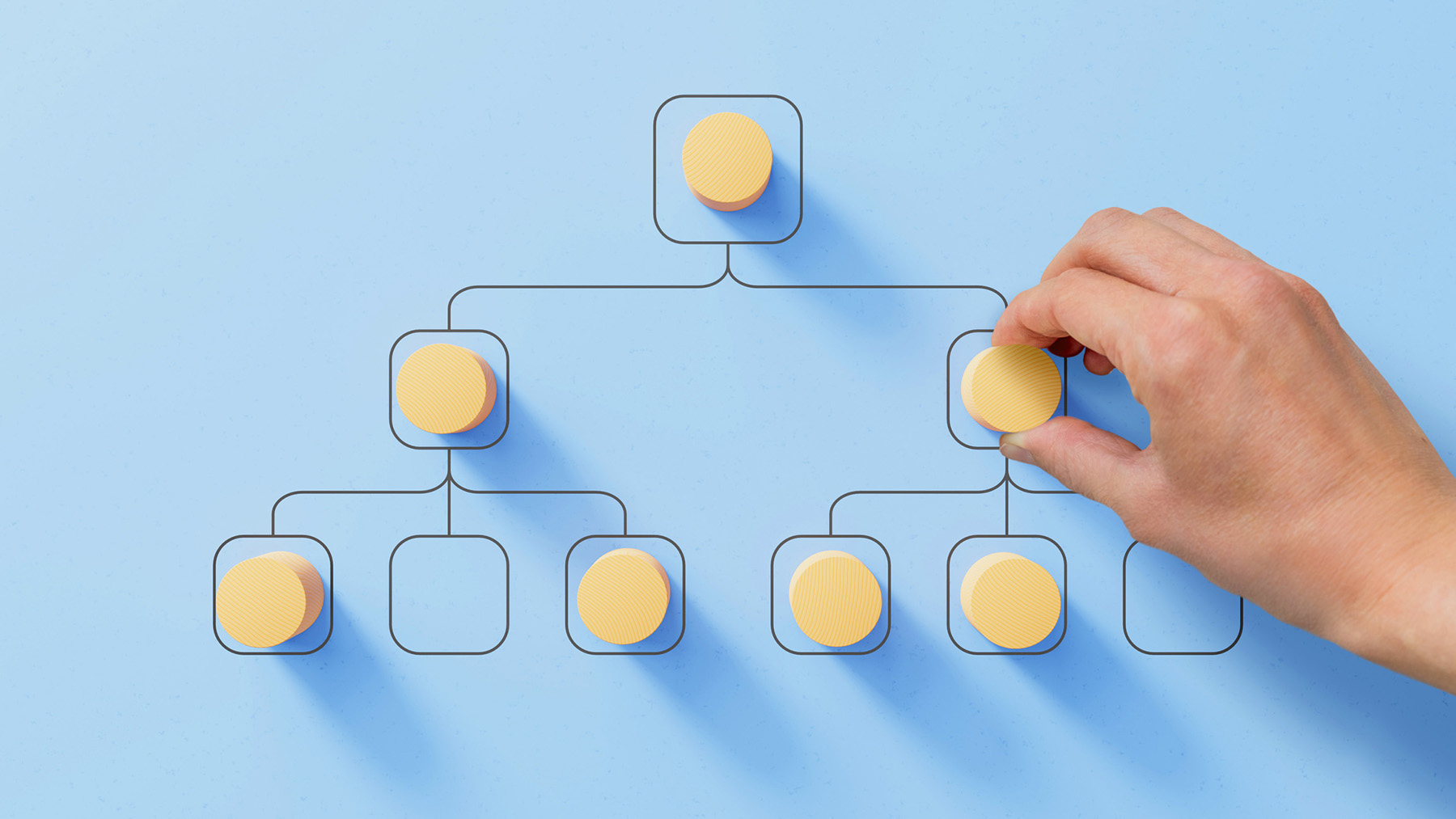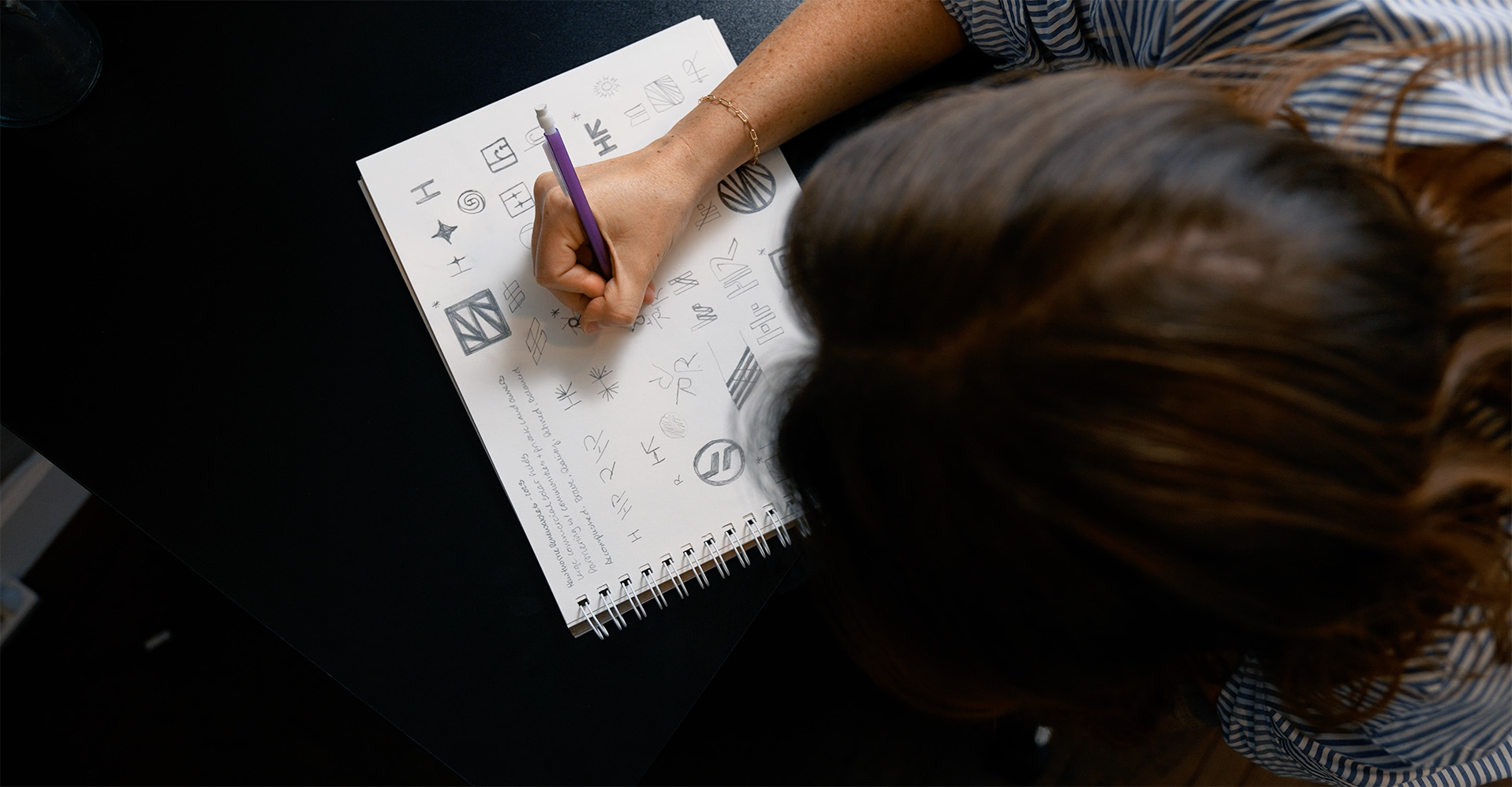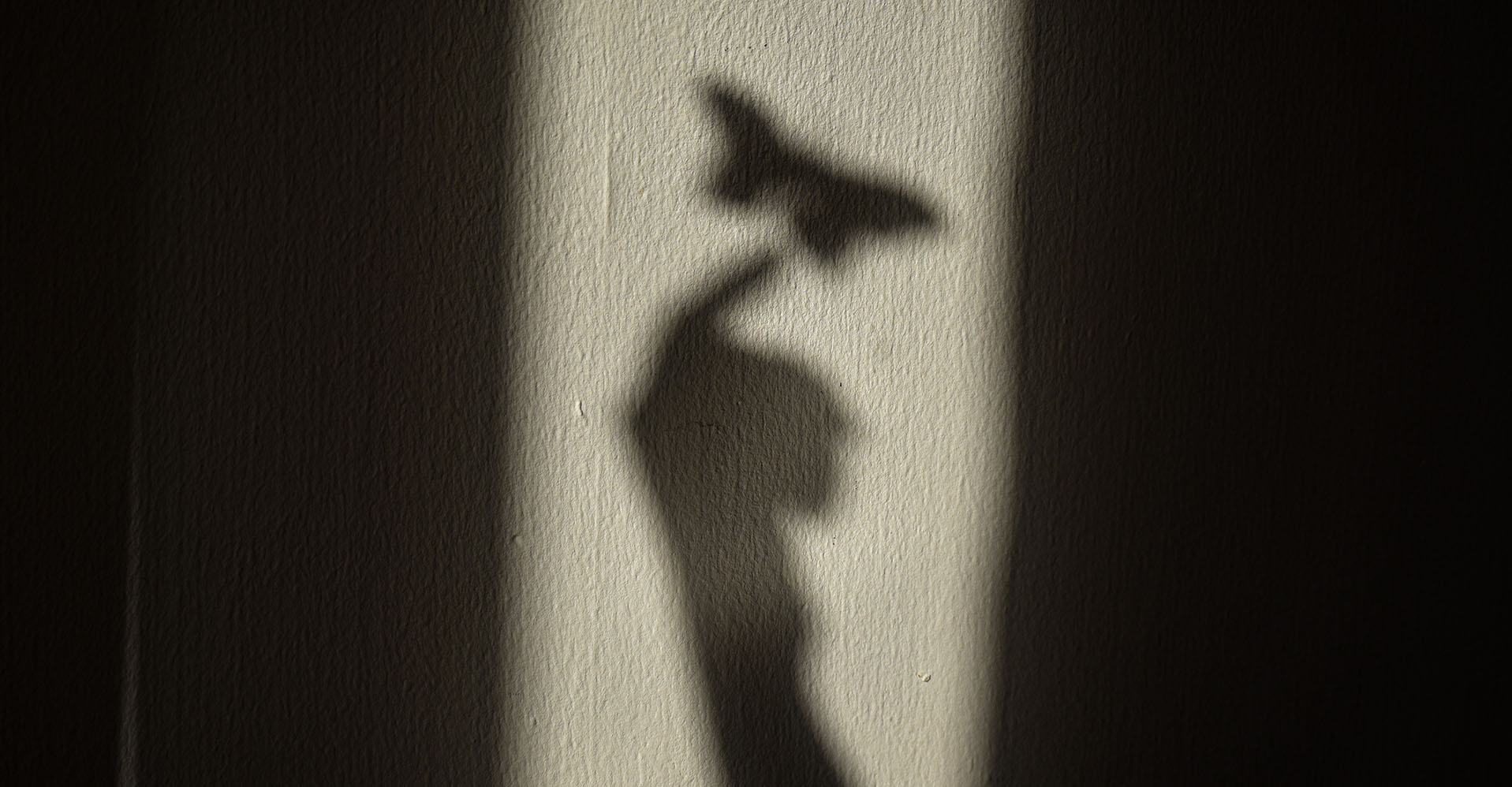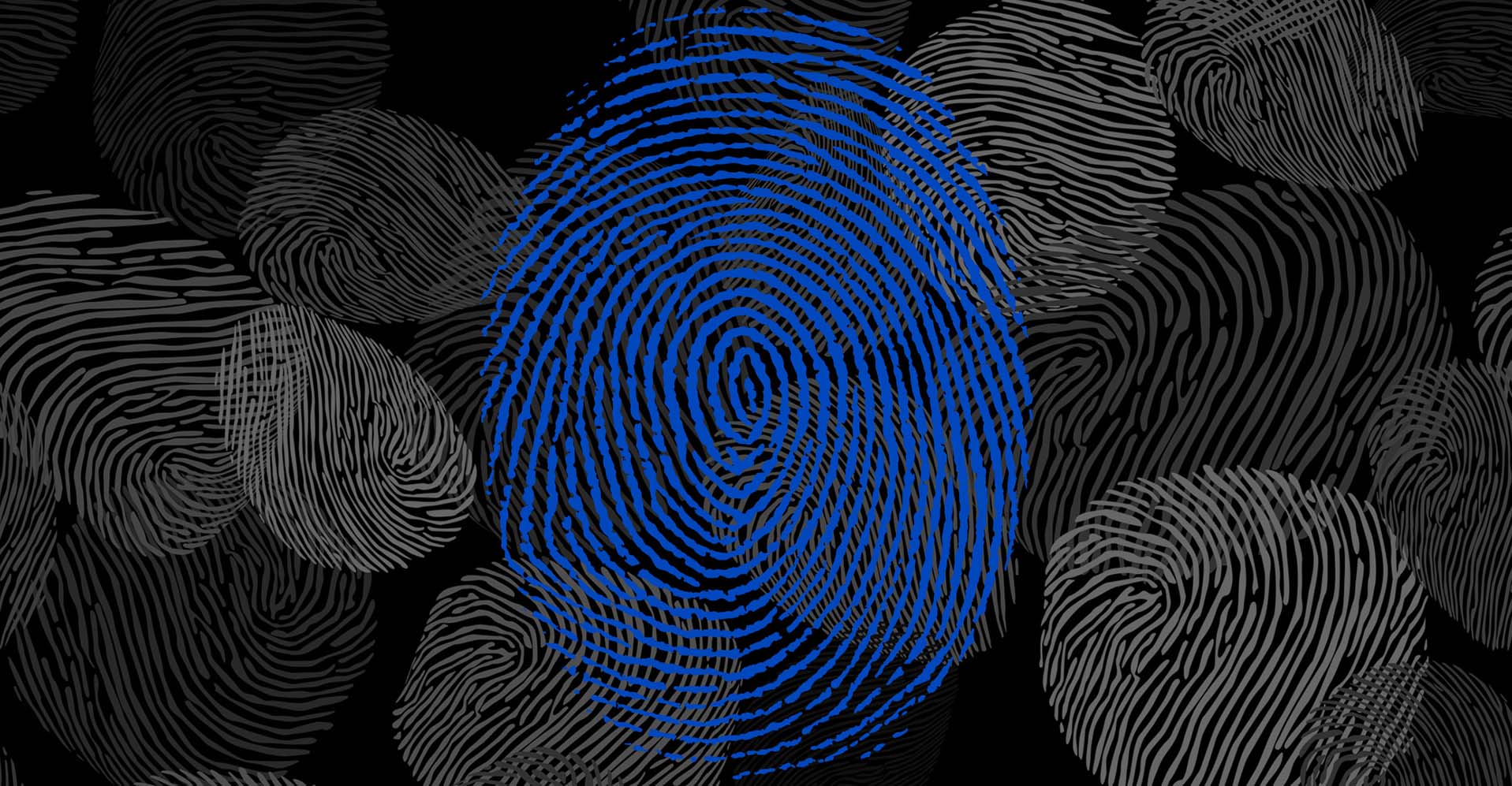When you own your own business, it’s personal. No matter how you break it down or separate it out, starting your own company and creating your dream career is emotional. Most of us go to bed each night thinking about it and wake up with business on the mind. That’s normal and totally ok.
Most of us go to bed each night thinking about it and wake up with business on the mind.
But while accepting that the line between business and personal are rather blurred, setting boundaries in place to help you manage the two areas of your life is important. It’s important to your business that you find ways to step away at the end of the day and unplug.
Step 1: Define Your Working Hours
Before you can worry about how to end your workday, we need to address how you start your workday too.
Setting established open business hours is a critical element in being able to define a “closing time”. Not only to post on your website so viewers can see your hours, but for yourself. Knowing how much time you have in your workday is important in being able to break down your productivity hours from client time and other administrative time you need to run your business.
Knowing how much time you have in your workday is important in being able to break down your productivity hours from client time and other administrative time you need to run your business.
If you know that you plan on “opening” shop or being accessible online at 8:00am, that means you need to set aside time for opening activities just like a brick and mortar business. They might open their doors at 10:00am, but anyone who’s worked in the service industries (retail, restaurants, customer service…) know that you show up way before then to get ready.
So while you plan on sitting down at your computer at 8:00am, that means you’ll want to set “customer” business hours a little later. This same concept goes for the end of your workday.
When a business closes up for the day, they may lock their doors at 5:00pm but just like opening, they usually stick around for at least another hour or so to close up, clean up, and prep for the next business day.
This is where step 2 comes in...
Step 2: Establish a Closing Routine
In order to meet your closing goals, we need to set aside time, just like you do when you open, to close up “client time”. A time where you don’t answer any more emails, schedule any more meetings or start any new projects. A time where your primary focus is saving your work, cleaning up your desk or desktop (or in some cases both) and organize your next morning’s schedule. While you are “technically” still at work during this time, this is your time to focus on how to close up, shut down, and decompress before fully separating from your workday.
Example: For us here at Whiskey and Red, we have an alarm on our phone that goes off at 4:00pm MT. This alarm lets me know that I have one hour left in my workday, and it’s time to finish up whatever it is I was currently working on.
- If it’s a logo design, I finish my action, save my current work, and organize any new design files into their proper places.
- If it’s an email to a client, I finish up that email, send it out, and then check any other emails that might be waiting and craft my responses in draft emails but don’t actually send until my next morning’s “client time”. This lets my clients know when to expect that they’ll have access to me, and when they won’t.
Now if I’m in the middle of something, it might take me a little to fully finish up, but that’s where our second alarm comes in.
I have a second alarm set at 4:30pm MT that lets me know my finishing up time is at an end and I need to prep for tomorrow. At this point, I have 30 minutes left in my day to complete any final touches before I need to totally shut down.
Example: For that final 30 minutes, I’ll…
- Closeout of any programs open on my computer; ex, Photoshop, Illustrator, Basecamp, etc…
- I’ll clean out my inbox with any un-necessary emails, delete anything I don’t need, move others into folders, and start drafts of emails to go out the next morning.
- I’ll spend the last 10 minutes with my planner, evaluating what got completed today, what didn’t, and what’s coming up tomorrow. I then write out my to-do list for the next day, and budget out my working time for various administrative and client-based work so that I already know what I’ll be jumping into the next day instead of doing that planning in the morning and missing out on valuable productivity time.
And then, you guessed it, a final alarm at 5:00pm that tells me to log out, close up, and go take a walk.
Step 3: Change of Scenery
For us, jumping from one screen to another like our phones or a TV is not really “logging out”. In order to fully decompress, we have to physically change our location and set a daily practice that helps alter our focus away from work and into personal time.
Sometimes that’s taking the dog for a walk, doing a household chore like laundry or grocery shopping, or just simply sitting outside in our back yard with a well-deserved glass of wine.
Having a space dedicated to “working” and other spaces dedicated to “not working” is ideal.
When we first started out, we didn’t have an office or even a desk to work on so often times our bedroom or living room, and even the kitchen would be converted into an office space. This made “logging out” and ending our workday more difficult. Having a space dedicated to “working” and other spaces dedicated to “not working” is ideal, but if you don’t have these distinct separations between your spaces, this final step of fully changing your scenery is the most important part of closing up your workday.
Step 4: Give Yourself Some Flexibility
While all of these steps sound amazing, I’d be lying if I said we logged out every day at 5:00pm on the dot.
When you run your own business, you are responsible for everything, but know that you aren’t responsible for it RIGHT NOW. It’s up to you to determine when you do or don’t answer emails or phone calls, when you do or don’t work on client projects, and how clients can get in touch with you.
All of these boundaries will help you to maximize our end of day process to get you offline and outside that much faster.
Free Resource!
To help you structure your own closing process, we’ve created an end of day worksheet for you to outline your own unique end of day routine and help you on your quest toward that mythical land of work-life balance.
